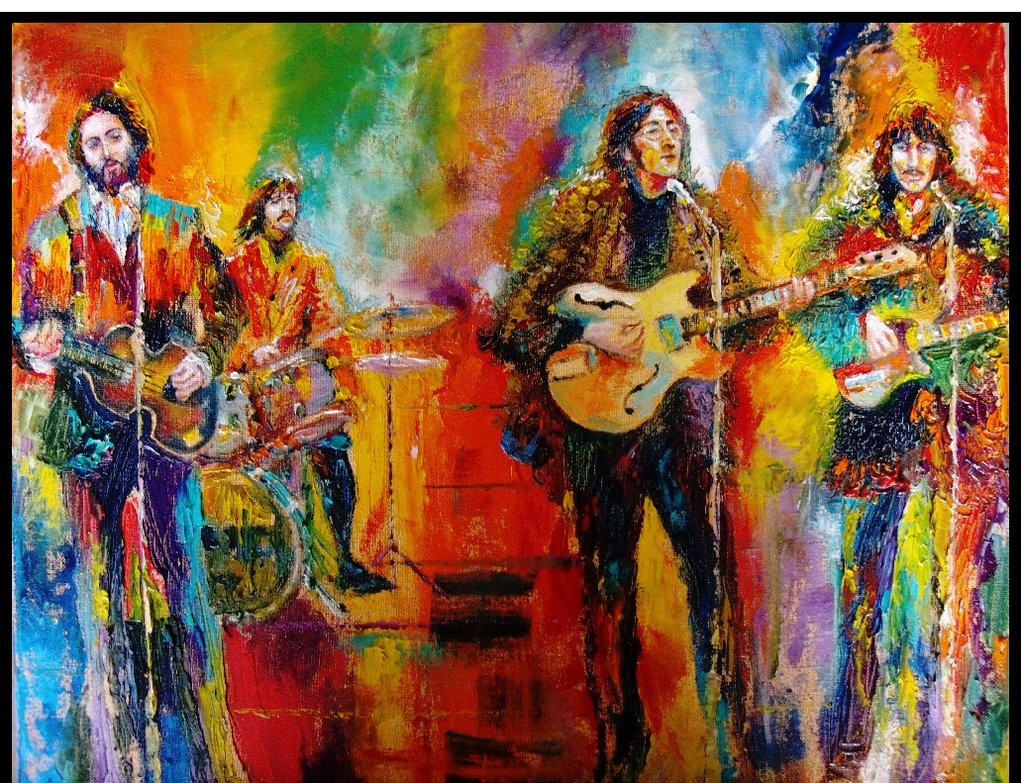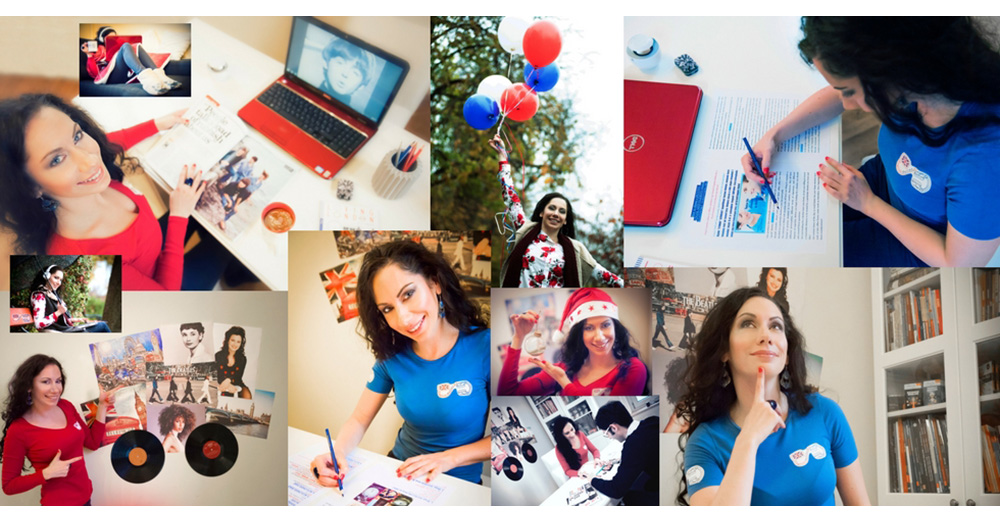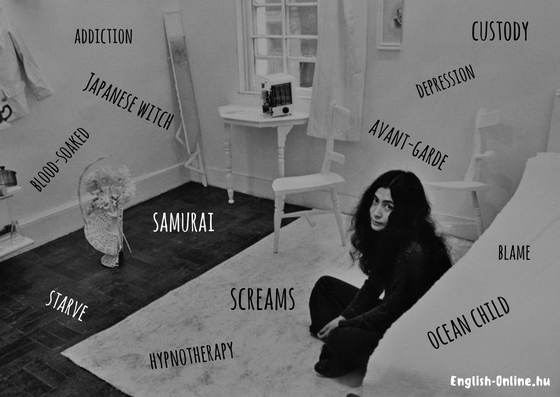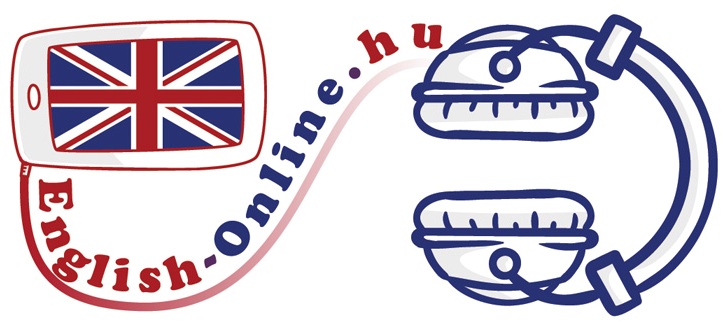Angol tanulás, Angol magánoktatás ONLINE ÉS OFFLINE! Angol Kulturális és Nyelvi Klub
♫BEATLES ♫ KLASSZIKUSOK angolul és magyarul #1: The Long and Winding Road
Angol tanulás online és offline, akárhol vagy bárhol! English-Online.hu :) Nyelvtanulás és szórakozás egy helyen!
Ha eddig úgy gondoltad, ismered a "Bitliszt"...hallgasd meg ezt. Lehet, hogy tévedtél. Hogy feladat is legyen: néhány helyen kimaradtak a rímpárok (5x2 db szó). Illeszd be őket a megfelelő GAP-be:
ago, alone, away, before, cried, day, door, know, road, tried
>>INKÁBB TELJES NÉZETRE VÁLTOK!<<
THE LONG AND WINDING ROAD
by The Beatles
The long and winding road
HOSSZÚ, KANYARGÓS ÚT
That leads to your __________(1)
AMELY AZ AJTÓDHOZ VEZET
Will never disappear
SOHASEM VÁLIK KÖDDÉ
I've seen that road __________(2)
LÁTTAM MÁR EZT AZ UTAT KORÁBBAN
It always leads me here
MINDIG IDE VEZET ENGEM
Lead me to you door
IDE VEZET A TE AJTÓDHOZ
The wild and windy night
VAD ÉS SZELES ÉJ
That the rain washed __________(3)
AMELYET AZ ESŐ MOSOTT EL
Has left a pool of tears
EGY KÖNNYTAVAT HAGYOTT ITT
Crying for the __________(4)
MELYET AZÉRT A NAPÉRT HULLATOTT
Why leave me standing here
MIÉRT HAGYSZ ITT FÖLDBE GYÖKEREZVE ENGEM
Let me know the way
MUTASD MEG AZ UTAT
Many times I've been __________(5)
SOKSZOR VOLTAM EGYEDÜL
And many times I've __________(6)
ÉS SOKSZOR SÍRTAM MÁR
Anyway you'll never __________(7)
EGYÉBIRÁNT SOSEM FOGOD MEGTUDNI
The many ways I've __________(8)
HOGY HÁNYFÉLEKÉPP PRÓBÁLTAM MEG/HÁNY UTAT JÁRTAM MEG
But still they lead me back
DE MÉGIS MIND IDE VEZET VISSZA
To the long winding __________(9)
A HOSSZÚ, KANYARGÓS ÚTRA
You left me waiting here
ITT HAGYTÁL VÁRAKOZVA ENGEM
A long long time __________(10)
HOSSZÚ HOSSZÚ IDEJE
Don't leave me standing here
NE HAGYJ ITT FÖLBEGYÖKEREZVE
Lead me to your door
VEZESS AJTÓDHOZ
But still they lead me back
DE MÉGIS VISSZAVEZET MINDEN ÚT
To the long winding road
A HOSSZÚ KANYARGÓS ÚTRA
You left me waiting here
ITT HAGYTÁL VÁRAKOZVA
A long long time ago
HOSSZÚ HOSSZÚ IDEJE
Don't leave me standing here
NE HAGYJ ITT FÖLBEGYÖKEREZVE
Lead me to your door
VEZESS AJTÓDHOZ
Yeah, yeah, yeah, yeah
IGEN, IGEN, IGEN, IGEN
magyar szöveg ©️Zsuzsa Melinda
Hogy tetszett a dal és a dalszöveg?
Ha megért egy LIKE-ot, nyomj egy LIKE-ot! :D
Magánórát vennél? ITT léphetsz kapcsolatba velem.
Szókincsbővítő feladatot ITT találsz!
Nyelvtani posztot ITT!
Szövegértést ERRE!
Listeninget? ÍME!
Cheers,
English-Online.hu
ANGOL FELTÉTELES MONDATOK - 2. típus - 2nd CONDITIONAL - TANULJ ÉNEKELVE - NYELVTAN EGY BEATLES DALBAN: ♫If I Fell ♫
Angol tanulás online és offline, akárhol vagy bárhol! English-Online.hu :) Nyelvtanulás és szórakozás egy helyen!
Miért ne tanulhatnál könnyedén és dalolva angol nyelvtant?! Pedig lehetséges! :) A következő forradalmi sorozatom nyelvtani szerkezetek bemutatását tűzte ki célul angol nyelvű dalokban. Többek közt a Beatles együttes nagy segítségemre lesz ebben, hiszen ők még többnyire nem áldozták fel a "proper English grammar"-t se a pop-rock se a dallam-ritmus oltárán. Persze még náluk is akadnak kivételek, de ha ilyenbe ütköznénk, mindenképp figyelmeztetlek Benneteket :D

A mai nyelvtani témánk angol neve:
SECOND CONDITIONAL (SENTENCES) azaz
MÁSODIK TÍPUSÚ FELTÉTELES MONDATOK
(PRESENT CONDITIONAL)
Ezt a szerkezetet akkor használjuk, ha egy nem reális (angolul UNREAL) szituációt képzelünk el és feltesszük, hogyan cselekedNÉNK, ha bekövetkezNE. A lényeg, hogy valójában JELEN pillanatban nem áll fenn a helyzet, de mi lenNE, ha mégis? Vajon hogyan reagálNÁNK?
IF I FELL IN LOVE WITH YOU, mondják a gombafejűek, ami annyit tesz: "Ha belédesNÉK".
Az ilyen típusú mondatok két tagmondatból (angolul CLAUSE) állnak, ezek egyikében áll a "ha" feltételt kifejező szócska (angolul IF).
A magyarban mindkét tagmondatot JELEN időben a -NA,-NE,-NÁ,-NÉ stb. igeragokkal látjuk el, az angol mondatban viszont ennél egy kissé fegyelmezettebb szerkezetet kell követnünk:
IF + PAST SIMPLE , WOULD+V1(inf)
Magyarázat: az IF-es tagmondatban "alakilag" egyszerű múltat (past simple) használsz, utána vesszővel választod el a másik tagmondattól, amelyben a would segédige után V1-et, azaz jelen idejű szótári (azaz ragozatlan) igealakot teszel. A V1-et a rendhagyó igék (irregular VERBS 1. oszlopára utalva használom, de persze BÁRMELY ige infinitive-jét értem alatta. Az "alakilag" kifejezés arra utal, hogy csak formájában mutatkozik múlt idő a mondatban, a mondat valódi igeideje JELEN idő és FELTÉTELES mód. Sose ess abba a hibába, hogy múltnak fordítod!
Lássuk akkor:
1. variáció: az IF-es tagmondattal kezdesz:
If I won the lottery, I would buy a Ferrari.
Ha nyerNÉK a lottón, venNÉK egy Ferrarit.
2. variáció: az IF a második tagmondatban van
I would buy a Ferrari if I won the lottery. (Ha nem IF-fel kezdesz, az angol mondatban nincs vessző középen)
Vennék egy Ferrarit, ha nyernék a lottón.
A tagmondatok sorrendje tehát lényegtelen.
Még 2 példa:
Nem tanulnék angolul, ha folyékonyan beszélném.
I would not study English if I spoke it fluently.
Apropó! A would not összevonása: wouldn't
Hordanád azt a bundát, ha megvenném neked?
Would you wear that fur coat if I bought it for you?
Figyelem #1!
A can segédige múlt ideje COULD.
Figyelem #2!
A can segédige elé nem tehetsz would-ot! Ilyenkor a can-ből ugyancsak COULD lesz. (would+can=could)
Figyelem #3!
A következő dalban nem csak 2nd conditional van! Csak a fent leírt szerkezetet szabad -na,-ne,-ná,-né-ra fordítani, ugyanis van még 3 másik feltételes mondat is, ezekről később lesz szó.
A mai dal pedig:
*****If I Fell*****
(Ha belédszeretnék)
by
THE BEATLES
IF I FELL IN LOVE WITH YOU
Ha belédszeretnék
WOULD YOU PROMISE TO BE TRUE?
Megígérnéd, hogy hű leszel,
AND HELP ME UNDERSTAND
És segítenél megérteni?
'CAUSE I'VE BEEN IN LOVE BEFORE
Mert én már voltam szerelmes
AND I'VE FOUND THAT LOVE WAS MORE
És rájöttem, hogy a szerelem több
THAN JUST HOLDING HANDS
Mint, hogy fogjuk egymás kezét.
IF I GAVE MY HEART TO YOU
Ha neked adnám a szívem
I MUST BE SURE FROM THE VERY START
Már a legelejétől biztosnak kell(ene) lennem
THAT YOU WOULD LOVE ME MORE THAN HER.
Hogy jobban szeretnél, mint ő.
IF I TRUST IN YOU, OH PLEASE
Ha bízom benned, ó, kérlek
DON'T RUN AND HIDE
Ne rohanj és rejtőzz el
IF I LOVE YOU TOO, OH PLEASE
Ha én is szeretlek, ó, kérlek
DON'T HURT MY PRIDE LIKE HER
Ne sértsd meg a büszkeségem, mint ő.
'CAUSE I COULDN'T STAND THE PAIN
Mert nem bírnám ki a fájdalmat
AND I WOULD BE SAD
És szomorú lennék,
IF OUR NEW LOVE WAS IN VAIN
Ha hiába volna az újdonsült szerelmünk.
SO I HOPE YOU SEE
Hát, remélem érted
THAT I WOULD LOVE TO LOVE YOU
Hogy nagyon szeretnék szerelmes lenni beléd
AND THAT SHE WILL CRY
És hogy ő sírjon majd
WHEN SHE LEARNS WE ARE TWO
Amikor megtudja, hogy mi ketten együtt vagyunk
'CAUSE I COULDN'T STAND THE PAIN
Mert nem bírnám ki a fájdalmat
AND I WOULD BE SAD
És szomorú lennék,
IF OUR NEW LOVE WAS IN VAIN
Ha az új szerelmünk hiába volna.
SO I HOPE YOU SEE
Hát, remélem érted
THAT I WOULD LOVE TO LOVE YOU
Hogy nagyon szeretnék szerelmes lenni beléd
AND THAT SHE WILL CRY
És hogy ő sírjon majd
WHEN SHE LEARNS WE ARE TWO
Amikor rájön, hogy mi már ketten együtt vagyunk
IF I FELL IN LOVE WITH YOU.
Ha belédszeretnék.


 nyelvoktató csatornámra!
nyelvoktató csatornámra!